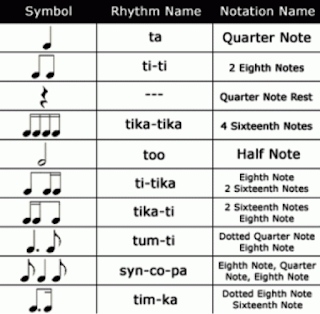Why and How Should You Warm-up for Singing? What Should You Get from Vocalising?
Hopefully, you
are studying with a professional vocal teacher and here is what you should be
getting from those lessons. If you are
not constantly working on any of these, you should definitely speak to him or
her and ensure that each of these components is a regular part of your warm-up
activities. Areas Vocal Exercises SHOULD
include are:
·
Warm-up your BODY, including the abdomen
and pelvic floor; facial muscles, including the mouth, jaw, cheeks, eyes; the
shoulders; the back; and even the hands.
·
Work on breathing and connecting
breathing with your singing. Learn to
control breath, especially the exhale for phrasing, pitch, and tonal control
·
Begin warming the voice in its lower
registers to increase blood flow to the area and make it easier to warm higher
registers.
·
Learn to access and utilize all
resonators, and warm-up using each.
·
Work all areas from the lower chest voice
to the highest note of the head voice.
·
Work to increase your range both lower
and higher
·
Take time to understand what you are
doing, why you are doing it in that way, how you might improve your skills, and
how to accomplish those improvements.
·
Make note of any suggestions your teacher
has and make certain to understand any specific details he or she shares with
you.
·
Work on exercises to connect the chest
and head voices, so that the voice becomes not separated into separate
registers but one solid, consistent, smooth voice from bottom through the top.
·
Sing exercises, which connect all the
vocal registers and allow the voice to easily traverse its entire range with
ease and consistency.
·
Instruction in specific areas of
challenge for you, whether that means an issue of pitch, nerves, or song
choice.
Areas to AVOID
during your lessons:
·
Anything
that cause vocal fatigue or strain on the voice or throat
·
Any
exercises that cause stress, anxiety, or tension in the throat or that do not
successfully connect the breath with singing
·
Redness
in the face; veins pulsing in the forehead; lifting of the chin in an “attempt”
to reach any given note
·
Tension
in the shoulders, face, chest, or, of course, the throat
Any lesson that
includes all of these matters should be considered successful and
productive. Please feel free to comment
below or leave questions, or contact me at my website, SingitForward.net. Happy Singing!


Comments
Post a Comment